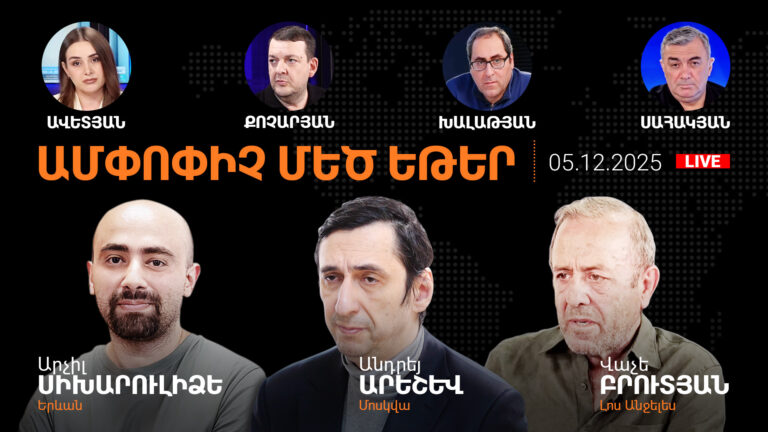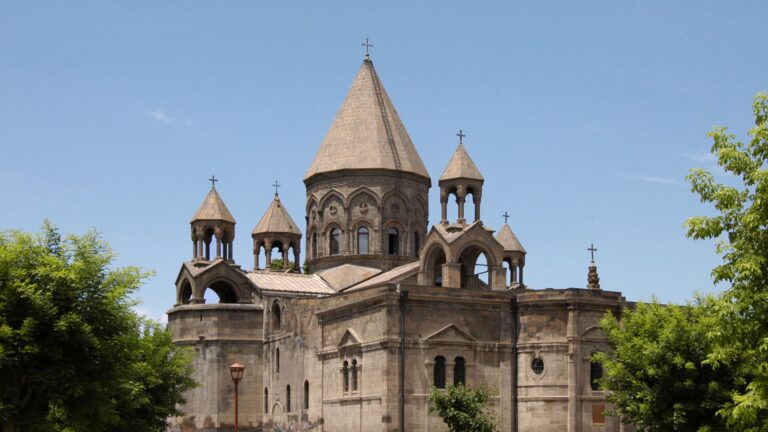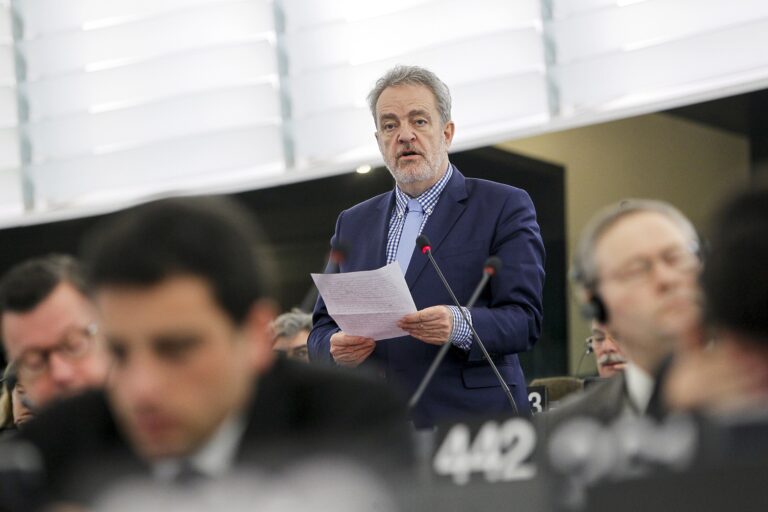It is time for maps: What awaits Armenia and Azerbaijan after the Iranian meeting?
October 24 2023, 23:00
The day before, a meeting of the foreign ministers at the 3+3 regional platform took place in Iran. As previously, official Tbilisi declined to attend the meeting, and in fact, the format of the meeting was “3+2”.
At the end of the negotiations, a joint communique was adopted, devoted to respect for sovereignty and territorial integrity, the inviolability of internationally recognized borders, the prohibition of threats or the use of force, and other issues. The statement also stressed the importance of cultural and economic cooperation between the countries of the South Caucasus.
Following the talks, Russian Foreign Minister Sergey Lavrov briefly commented to the media on the topic of the delimitation of borders between Armenia and Azerbaijan.
“Moscow is ready to actually help in launching the process of delimitation of borders between Azerbaijan and Armenia. Therefore, experts are well aware that Russia has everything necessary to discuss and coordinate the delimitation [of the border between Armenia and Azerbaijan], including, first of all, maps that have remained since Soviet times. The partners understand this. We’re not trying to make a big deal out of it. Let them try their luck in Brussels if they wish, but we are always ready to help start real delimitation,” he said.
The topic of “maps of the Russian General Staff” is mentioned again in the negotiation on the normalization of Armenian-Azerbaijani relations. For the first time, the topic of delimitation according to the maps of the General Staff of the Russian Federation was raised by Russian President Vladimir Putin back in October 2021 during the plenary session of the XVIII meeting of the Valdai International Discussion Club. Putin made his proposal, referring to the agreements of November 9, 2020, and subsequent meetings of the leaders of Armenia, Russia and Azerbaijan.
However, as practice shows, over the past years, both Baku and Yerevan, with the participation of the “Turkish guiding hand,” sabotaged the implementation of the agreements of November 2020, and they did it precisely to finally drag Ankara into the negotiation process on the future of Armenian-Azerbaijani relations and to help Ankara oust Moscow from the South Caucasus.
Under these conditions, it is difficult to believe that Yerevan and Baku will accept Moscow’s proposal on delimitation based on the maps of the Russian General Staff. Moreover, a number of processes—meetings of representatives of Yerevan and Baku on neutral territory away from Russian border guards, negotiations on the Western negotiating platform, assessments of Azerbaijani experts, who are often more frank with the people of Armenia than Nikol Pashinyan—suggest that there are other maps that are not in the hands of Moscow but in the hands of Yerevan and Baku.
In particular, some time ago, it was discussed that the delimitation of the border should take place on the basis of maps available to the Institutes of Geodesy and Cartography of both countries. These institutes also have maps of the Soviet period. However, there is one small nuance regarding Armenia—the Armenian Institute of Geodesy was disbanded in 2020. What was the reason for this decision?
The truth is that the issue of delimitation will be very acute for Armenia in the near future, especially considering Nikol Pashinyan’s speech in the European Parliament, which recognized the readiness of official Yerevan to negotiate—in other words, to surrender—on the topic of “enclaves”. It suggests a situation in which Armenia will actually be under the Azerbaijani blockade, since the currently operating roads to Georgia and Iran and two gas pipelines supplying us with “blue fuel” will be in direct reach for Azerbaijani troops.
Many did not realize this until September 28. However, not only more than 100,000 people in Artsakh were hostages of Nikol Pashinyan’s political agreements, but also the status of the Republic of Armenia was and remains “hostage”. The inviolability of Armenia’s borders and the opportunity to develop as an independent and sovereign state were threatened, which means that the hostages were initially not 100,000 people but 3,100,000 people, and not one state but as many as two Armenian states.







